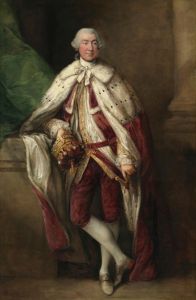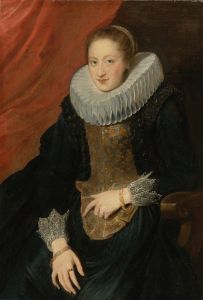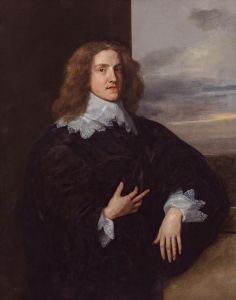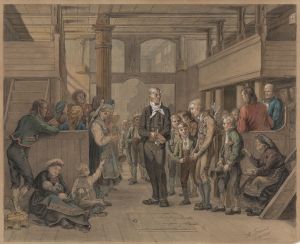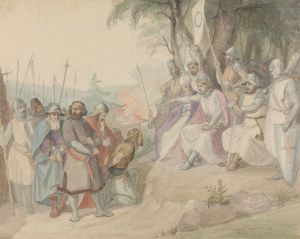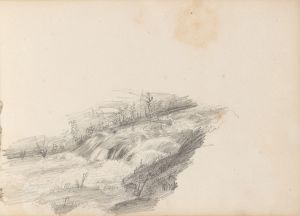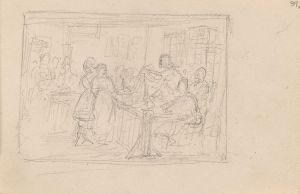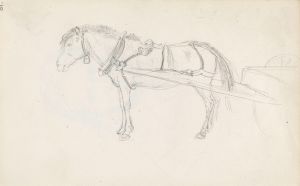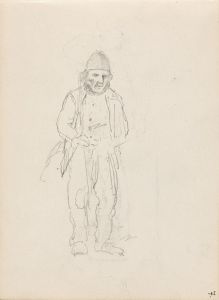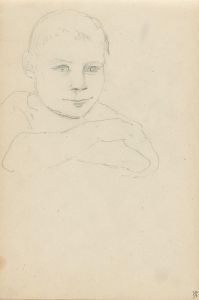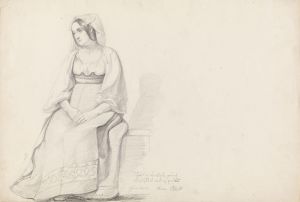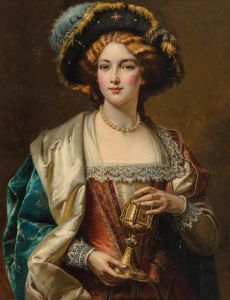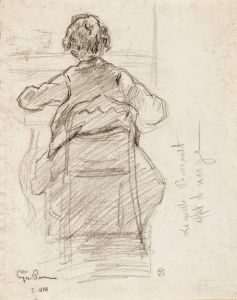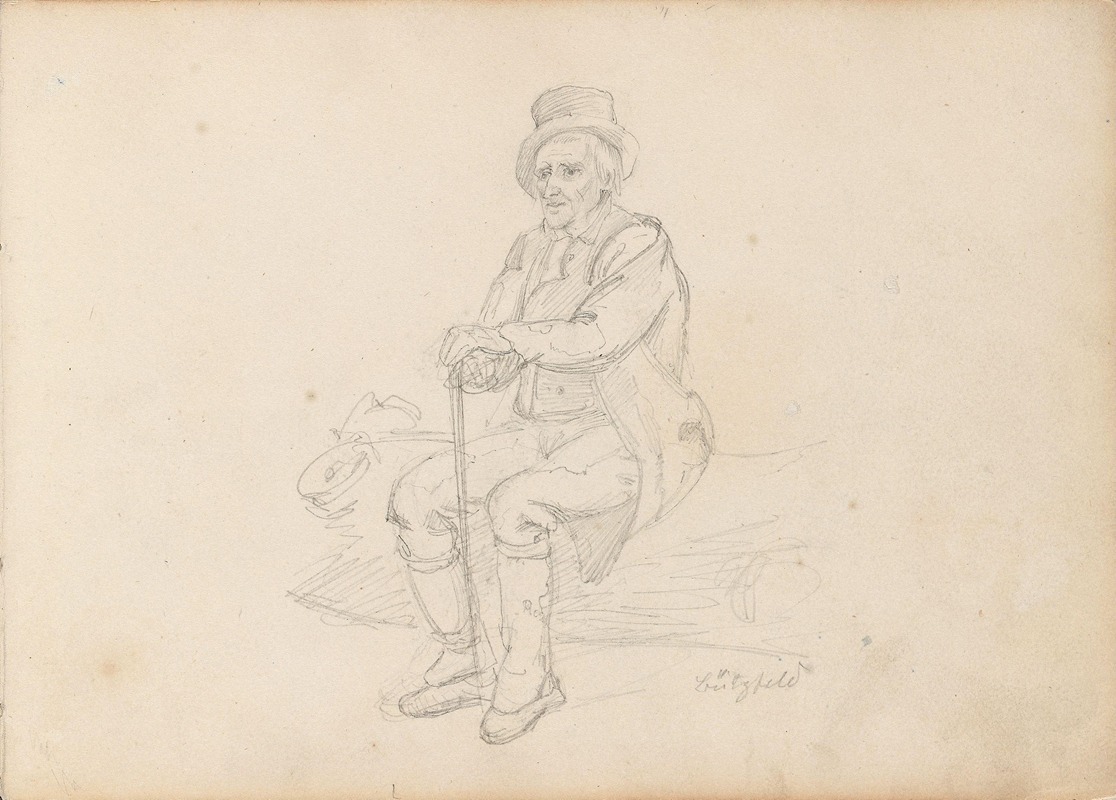
Sittende gammel mann, Pützfeld
A hand-painted replica of Adolph Tidemand’s masterpiece Sittende gammel mann, Pützfeld, meticulously crafted by professional artists to capture the true essence of the original. Each piece is created with museum-quality canvas and rare mineral pigments, carefully painted by experienced artists with delicate brushstrokes and rich, layered colors to perfectly recreate the texture of the original artwork. Unlike machine-printed reproductions, this hand-painted version brings the painting to life, infused with the artist’s emotions and skill in every stroke. Whether for personal collection or home decoration, it instantly elevates the artistic atmosphere of any space.
Adolph Tidemand was a prominent Norwegian painter in the 19th century, known for his detailed and evocative depictions of Norwegian folk life and traditions. One of his works, "Sittende gammel mann, Pützfeld" (translated as "Seated Old Man, Pützfeld"), is a testament to his skill in capturing the essence of rural Norwegian culture and the human condition.
Adolph Tidemand was born on August 14, 1814, in Mandal, Norway. He studied at the Academy of Art in Copenhagen from 1832 to 1837 and later continued his studies in Düsseldorf, Germany, which was a significant center for art at the time. Tidemand became associated with the Düsseldorf school of painting, which emphasized detailed and realistic portrayals of everyday life, often with a focus on historical and national themes.
"Sittende gammel mann, Pützfeld" is one of Tidemand's many works that reflect his interest in portraying the lives of ordinary people. The painting features an elderly man seated, presumably in a contemplative or restful pose. The setting, Pützfeld, suggests a rural environment, which aligns with Tidemand's frequent choice of rustic and pastoral themes. His works often depicted scenes from Norwegian peasant life, capturing the simplicity and dignity of rural existence.
Tidemand's attention to detail and his ability to convey emotion through facial expressions and body language are evident in this painting. The old man's demeanor and attire would have been carefully rendered to reflect the authenticity and character of the time and place. Tidemand's paintings are noted for their narrative quality, often telling a story or conveying a deeper message about the human experience.
Throughout his career, Tidemand collaborated with other artists, most notably Hans Gude, with whom he created several famous works, including "Bridal Procession on the Hardangerfjord." While "Sittende gammel mann, Pützfeld" is not as widely recognized as some of his collaborative pieces, it remains an important part of his oeuvre, showcasing his individual talent and focus on Norwegian cultural themes.
Tidemand's work played a significant role in the national romantic movement in Norway, which sought to foster a sense of national identity and pride through art and culture. His paintings often highlighted traditional Norwegian customs, costumes, and landscapes, contributing to a greater appreciation and understanding of Norway's cultural heritage.
Adolph Tidemand passed away on August 25, 1876, in Christiania (now Oslo), Norway. His legacy endures through his contributions to Norwegian art and his influence on subsequent generations of artists. "Sittende gammel mann, Pützfeld" remains a valuable piece for those interested in 19th-century Norwegian art and the depiction of rural life during that period.
In summary, "Sittende gammel mann, Pützfeld" by Adolph Tidemand is a reflection of the artist's dedication to portraying the everyday lives of Norwegian people with authenticity and emotional depth. Through his detailed and narrative style, Tidemand captured the essence of a bygone era, leaving a lasting impact on the art world and Norwegian cultural history.





